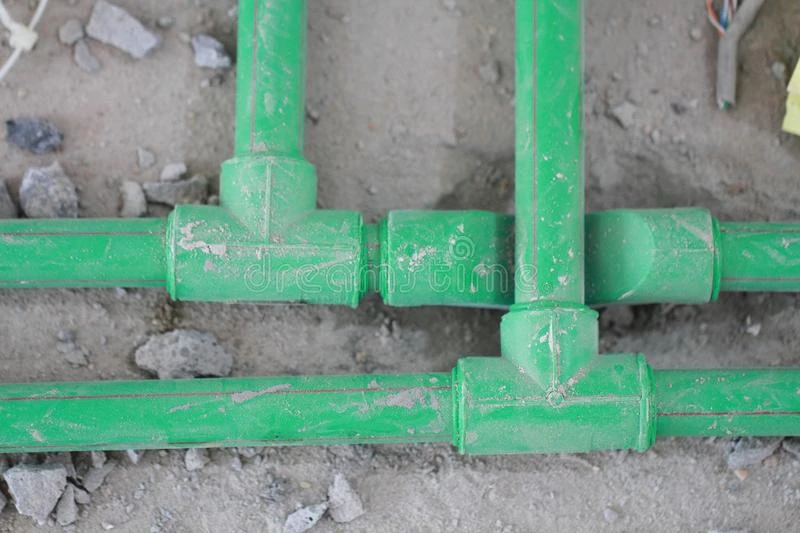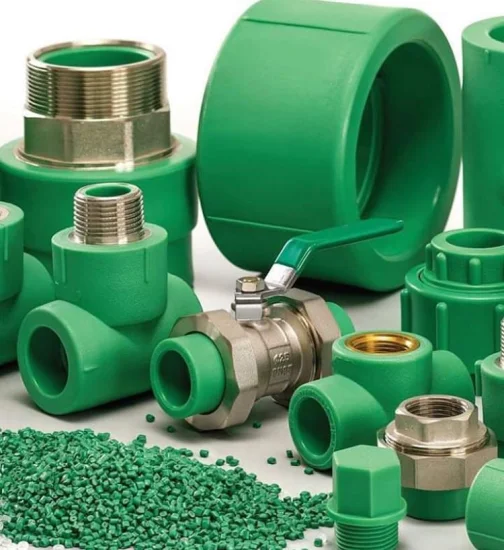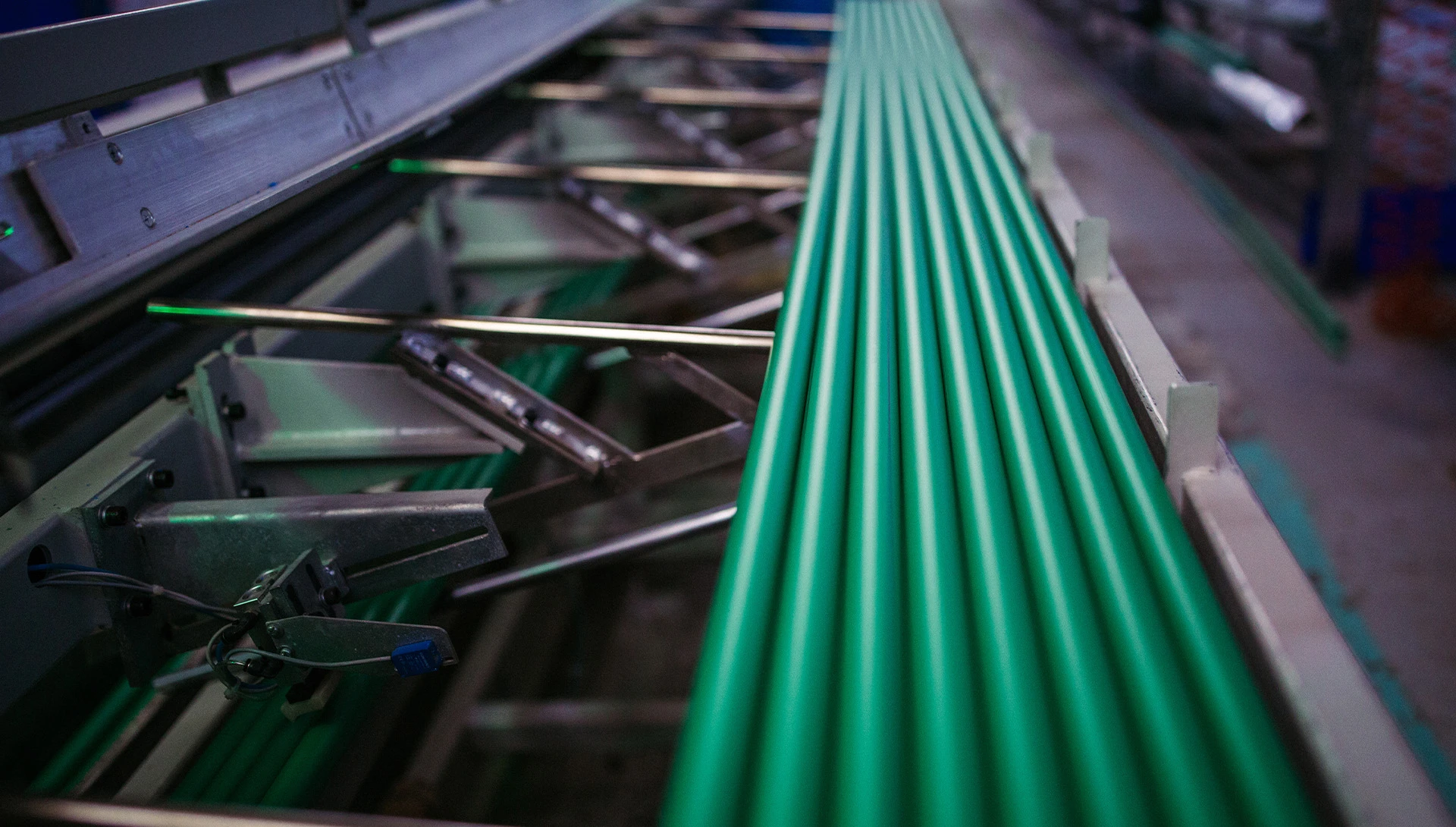Introduction
PPR Pipe, or Polypropylene Random Copolymer pipes, have gained popularity in plumbing systems for their durability and resistance to corrosion. However, while they are often marketed as cost-effective solutions, it’s crucial to delve into the hidden costs associated with their use. Understanding these factors can lead to better decision-making for homeowners and contractors alike.
What are PPR Pipe?
PPR pipes are made from a type of plastic that is lightweight, flexible, and resistant to high temperatures and pressures. They are commonly used in residential and commercial plumbing for hot and cold water systems, heating, and even industrial applications. Their popularity stems from their longevity and efficiency, but it’s essential to consider both their benefits and drawbacks.
PPR pipes also offer excellent resistance to corrosion and scaling, making them suitable for a variety of environments. Additionally, their smooth interior surface reduces friction and minimizes energy loss in water transport. However, potential drawbacks include concerns about thermal expansion and the need for proper installation techniques to prevent leaks, highlighting the importance of careful consideration in their use.
Initial Cost vs. Long-Term Cost
When comparing PPR pipes to traditional materials like copper or PVC, the initial costs may appear lower. However, the long-term costs can tell a different story.
Installation Costs
The installation of PPR pipes requires skilled labor and specific tools, which can add to the overall expense. Hiring professionals is essential to ensure proper installation, as improper fitting can lead to leaks and system failures. It’s not just the price of the pipes; the associated labor costs can accumulate quickly.
Maintenance Considerations
While PPR pipes are known for their durability, they are not maintenance-free. Over time, issues like joint failure or pipe leaks can arise, necessitating repairs. These maintenance costs can often be underestimated, especially if regular checks aren’t conducted.

Environmental Impact
The environmental footprint of PPR pipes starts with their manufacturing process, which can be resource-intensive. Additionally, while they are designed to last, disposal at the end of their life cycle can pose challenges. Unlike some materials, PPR pipes may not be easily recyclable, contributing to landfill waste.
Quality Concerns
Not all PPR pipes are created equal. Variations in manufacturing quality can significantly impact performance and longevity. Opting for cheaper alternatives may lead to higher hidden costs down the line, as lower-quality pipes may require frequent replacements or repairs.
Potential Health Risks
Concerns about the safety of PPR pipes often stem from their potential to leach chemicals into water supplies. Regulatory standards exist, but it’s essential to choose products that meet or exceed these guidelines to avoid any health risks associated with subpar materials.
Comparing PPR with Other Materials
When weighing options, it’s helpful to compare PPR pipes to other materials like PVC and CPVC. While PVC is cheaper, it may not withstand high temperatures as well as PPR. CPVC offers better heat resistance but at a higher cost. Each material has its pros and cons, influencing overall costs based on application.
Performance Over Time
Longevity is a significant factor in overall cost. PPR pipes are typically designed for a lifespan of 50 years or more, but this is contingent on proper installation and maintenance. Evaluating how different materials perform over time can lead to informed choices that minimize hidden costs.
Customer Testimonials and Case Studies
Real-life experiences often highlight the hidden costs associated with PPR pipes. Some customers report lower initial expenses but face unexpected costs in maintenance or replacements. Analyzing case studies can provide insights into the actual costs incurred over time, helping others make more informed decisions.
Conclusion
While PPR Pipe present various advantages, it’s essential to be aware of the hidden costs that can arise throughout their lifecycle. From installation and maintenance to environmental impact and quality concerns, understanding these factors will enable better decision-making for plumbing projects.
Ultimately, a thorough assessment of both upfront and ongoing expenses is crucial for maximizing the benefits of PPR pipes. By being informed about potential hidden costs, homeowners and contractors can make smarter choices, ensuring a more efficient and sustainable plumbing system that truly meets their needs.
FAQs
- What are the main advantages of PPR pipes?
PPR pipes are lightweight, resistant to corrosion, and have a long lifespan, making them ideal for various plumbing applications. - How do PPR pipes compare to traditional materials?
While PPR pipes may have lower initial costs, factors like installation, maintenance, and environmental impact can affect their overall value. - What should I consider before choosing PPR pipes?
Consider installation costs, maintenance needs, quality of materials, and potential health risks associated with the pipes. - Are there any health risks associated with PPR pipes?
If not manufactured to appropriate standards, PPR pipes may leach chemicals, so it’s important to choose high-quality products. - How can I ensure I get quality PPR pipes?
Research brands, read reviews, and ensure compliance with relevant safety standards to ensure the quality of your PPR pipes.


















